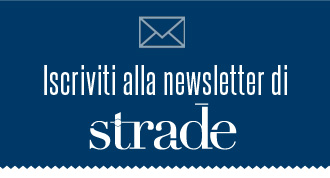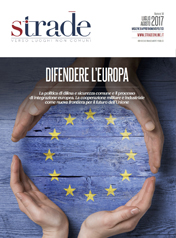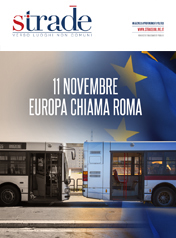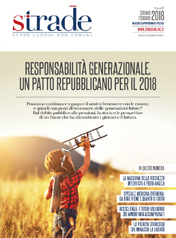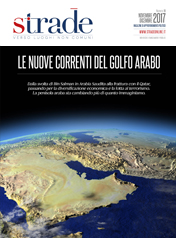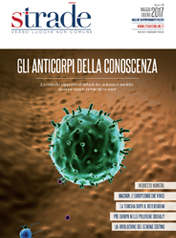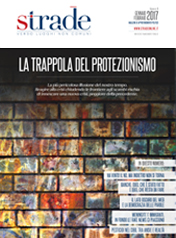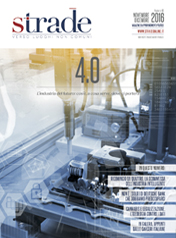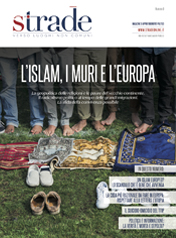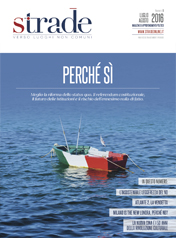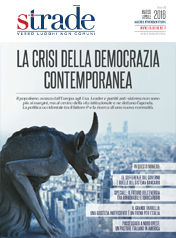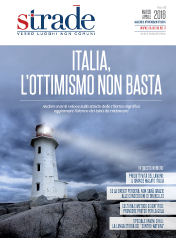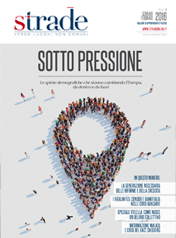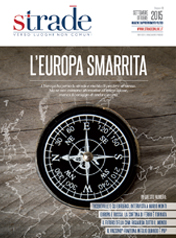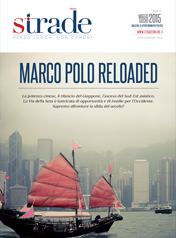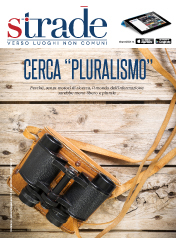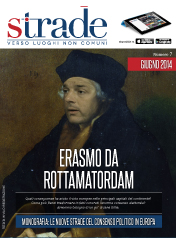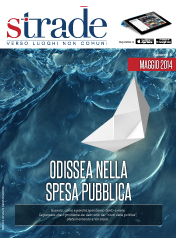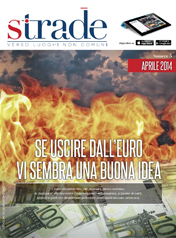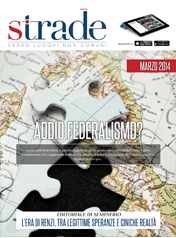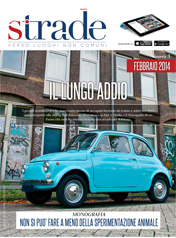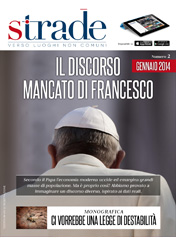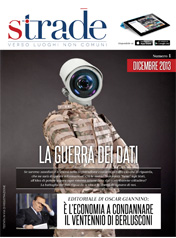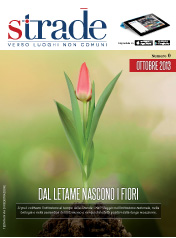Investing in security: the European Fund for Defence
The Union, even though it is the second global 'power' for military expense, spend inefficiently, for a clear lack in cooperation. Over 80% of calls for tenders and over 90% of research and technology are in fact limited to national level. In order to encourage an increased integration, the European Commission has set up a European Defence Fund which can be a formidable boost for Italian companies and a catalyst for a strong European defence industry.
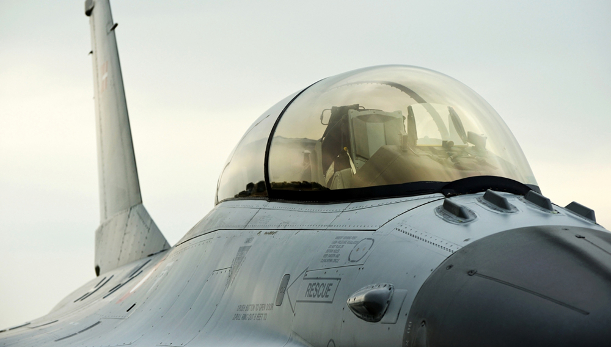
The good news is that the European Commission has finally set up a European Defence Fund: it has gone from the outline of an ambitious, theoretical, European Defence Plan launched on 30 November 2016 with the Communication to the European Parliament 950 final, to put in money and commitment, with document COM (2017) 295 final, with the declared end to helping Member States spend their resources effectively, reducing duplication in military commissions.
It is therefore not so weird that in the Sixtieth anniversary of the Treaties of Rome, it was decided to start from what seemed necessary to the founding fathers, beginning with Jean Monnet, aiming at cooperating militarily in Europe in order to preserve peace after centuries of conflict.
Let us not look at the political tangles that have brought Union members in different directions, but of course we can understand how the high level of conflict and instability that has invested Europe in recent years has pushed public opinion and strength Policies to focus on broad spectrum security.
The Union, despite being second in the world for military spending, has a great deal of fragmentation. For example, weapon systems are 178 against 30 of the US, which maintain supremacy in terms of both resources and innovative capacity. However, data must also be compared with other countries, first of all China, which, according to some SIPRI estimates, is ranked first in defence spending and represents a competitor who invests in technological innovation and, as Japan and South Korea, in dual technologies.
200 billion euros spent by European countries in 2015 are characterized by insufficient levels and quality of investment in development and in the acquisition of future capabilities. The so-called “Non-Europe of Common Security and Defence” is supposed to be unsustainable in a crisis situation and geostrategic balance changed.
The theme of common defence has a political-institutional value, much more after Brexit, as the United Kingdom was the main obstacle to a common defence project, but it also affected the economic and technological aspects, partly dictated by the same reasons, since Britain alone spent some $ 56 billion in defence spending in 2015, equivalent to a 2% share of GDP.
Italy, as we know, devolved to defence spending just around 1.3% of GDP in 2015, along with most of the countries joining the Atlantic Alliance, which is why the EU-NATO Joint Declaration adopted at the margins of the NATO summit On 8 and 9 July 2016 in Poland, has focused on strengthening security and defence co-operation. Only Estonia, Greece, Poland and the United Kingdom have reached the NATO spending target set at the 2014 summit in Wales, at 2% of GDP.
Moreover, the contraction of defence budgets in European countries has resulted in a lower level of cooperation than twenty years ago. Just think of the end of the millennium EFA project that has disappeared in a few years.
The European Commission has snapped the situation: the Member States do not cooperate enough, as more than 80% of the procurement and more than 90% of research and technology are at national level and the following conclusions are easily drawn: poor co-ordination in planning of defence involves inefficient use of taxpayers' money, unnecessary duplication and inadequate availability of defence forces. Almost nothing is sharing risks and costs.
This vacuum needs to be filled through the European Defence Fund, with joint funding mechanisms, which should allow a structural transition to greater defence cooperation.
However, co-ordination of investment decisions requires a common definition of needs and priorities that remain within the competence of the Member States, but which are at first identified in remote pilot aircraft (drones), in airborne refuelling capacity and in satellite communications and cyber defence.
The industrial cycle becomes the focus: from research to the development of prototypes, to the acquisition of defence capabilities. The intention is greater efficiency in national defence spending; optimizing innovation on a larger scale would reduce the risk of duplication, promote interoperability between the armed forces and promote greater standardization of materials.
For this reason, the European Defence Fund aims at providing the necessary incentives for every level of the industrial cycle. The main measure of its success will therefore be a significant increase in the proportion of defence cooperation projects compared to the overall defence spending. The Fund must help develop technological skills and provide incentives to build integrated and competitive cross-border supply chains.
Possible complementarity with civilian use and the corresponding European civilian support programs will be examined throughout the programming and implementation cycle. This will ensure more efficient use and complementarity of European research, innovation and enforcement efforts both at civil and military level.
For our country the challenge is absolutely appetising: already this year, the Union will issue three calls, using the European Defence Agency (EDA), for a total of € 25 million, relating to automatic military surveillance systems in Sea, the strategies for protecting ground troops and technological advances in defence.
These development areas are absolutely in our reach and may involve small and mid-sized industrial companies that in our country unfortunately are more focused on low-tech production sectors.
The Commission has identified two more stages, but it is clear that the former is the most critical: if it did not succeed, if not enough results were achieved as a response to the companies, it is very likely that they won’t pass the further Commission’s estimates of a mobilization of around € 5 billion a year, on the basis of contributions from Member States that would be excluded from the calculation of the budget deficit under the Stability and Growth Pact and EU funding.
Just to stick to numbers, let's remember that: in the direct, indirect and induced contributions, AD & S (Aerospace, Defence and Security) companies in our country generate 11.6 billion euro of value added, equal to 0.8% of GDP, and 1 euro of added value in this sector produces another 1.6 euros in the economy; In addition, each of these employees supports another 2.6 jobs in Italy and these companies invest about 1.5 billion euros in innovation, research and development, accounting for over 12% of all R & D expenditure incurred by the Italian company.
It is clear that the European Defence Fund could be a formidable flywheel for Italian companies, but it also represents a catalyst for a strong European defence industry, considering that the Commission would like to fund it by 2020 with 500 million euros a year, and by the end of 2019 about 90 million euros will be eventually available.
The overall goal is to integrate cooperation with NATO, as highlighted in the press conference of the European Defence Fund by the High Representative and Vice President of the European Commission, Federica Mogherini.
The future defence research program will focus on research activities aimed at supporting the development of defence-related products and innovative technologies. The program should be based on capabilities and should focus on critical defence technologies as well as on exploratory and innovative research with the potential to strengthen the technological leadership of the European defence industry. Member States will identify, with the help of EDA, priorities in terms of defence capabilities and R & T priorities. The Commission will take this into account in the future defence research program. Projects will be selected using experts and according to established criteria such as excellence and impact, and will normally require transnational collaboration. The future program should encourage a wide participation of the actors, including SMEs.
However, in this fervour of optimism, the importance the Commission attaches to complementarity with other EU security policies could only break though the flagship of any high tech industry: cyber security.
INDICE Luglio/agosto 2017
Editoriale
Monografica
- Common defence and security, the return of politics
- Defence as a currency, a European sovereignty
- Europe, time to unite forces
- Difesa e sicurezza comune, la rivincita della politica
- A possible EU army under current treaties
- La difesa come la moneta, una sovranità europea
- What defence for what Europe?
- Europa, è il momento di unire le forze
- Space policies, economic internationalization and EU integration
- Un esercito comune e comunitario. L’europeizzazione possibile a trattati vigenti
- A United Europe for Defence? Increased safety and lower costs
- Quale difesa per quale Europa?
- Investing in security: the European Fund for Defence
- Le politiche spaziali, l’internazionalizzazione e l’integrazione dell’Ue
- Europa della difesa? Costa meno e ci rende più sicuri
- Investire in sicurezza: il fondo Ue per la difesa
